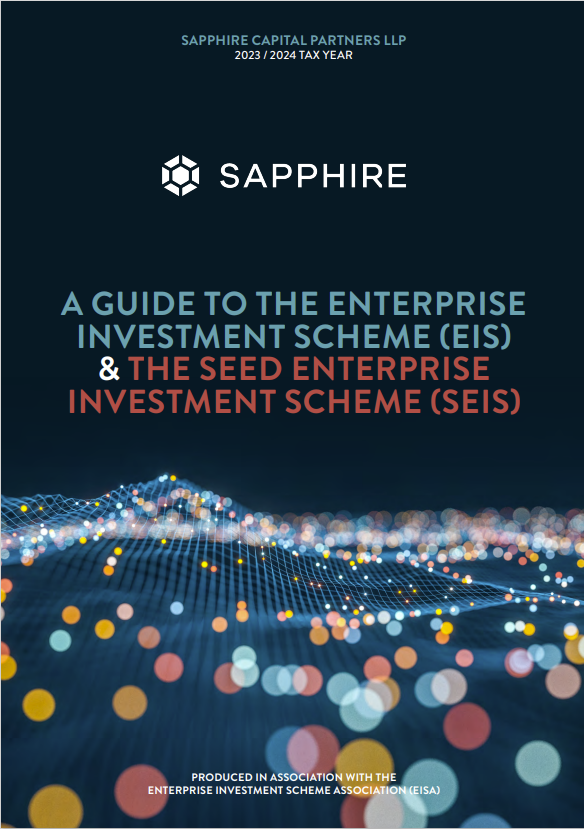Each application for SEIS typically takes a maximum of eight weeks to approve; however, typically, they do come back much quicker than this. However, this can depend on whether HMRC has any questions about the application. HMRC may have questions seeking further clarification on whether a company meet’s one or more of the qualifying conditions, which can delay being granted SEIS advance assurance. Depending on whether a company goes through advance assurance, there are four stages to the process:
Advance Assurance
Companies applying for SEIS are not required to go through advance assurance. Still, it is recommended to ensure there are no surprises for a company or its investors when investment is received. Not all companies will file for advance assurance, making a company more attractive to prospective investors. Advance assurance is essentially “pre-approval” from HMRC that the company meets the qualifying conditions. Before starting the application, a company should have the following documentation and information:
- A valid Unique Tax Reference (UTR) and a Company Reference Number (CRN).
- Latest company accounts and any accounts for any subsidiaries, if applicable.
- The business plan, including financial forecasts.
- Details on how the company will use the funds raised under SEIS.
- An explanation of how the company meets the risk to capital condition.
- A schedule of all tax-advantaged investments received by the company, including the amount, date and scheme under which each investment was received.
- An up-to-date copy of the Memorandum and Articles of Association, with a detailed explanation of any changes to be made.
- Details of any shareholder agreement or any other subscription agreement the company intends on establishing.
- The latest draft of any prospectus, information memorandum, brochure or similar document relating to the relevant fundraising or offer to be issued to potential investors, if applicable.
- Information on any financial support received by the company that constitutes EU State Aid.
Once a company has all the above documentation, it can then begin filing for the advance assurance with HMRC. Once this has been filed, HMRC may come back with questions regarding details in the application to ensure that all conditions are met and no disqualifying activities are occurring. If successful, following this HMRC will grant the company a provisional acceptance of the company’s eligibility for SEIS. Companies can then take this provisional acceptance to prospective investors to encourage them to invest.
SEIS1
Companies that apply for advance assurance will have a quicker and simpler application process when submitting their EIS1. This is due to having already provided the necessary documentation needed by HMRC and will therefore only need to provide documentation for any changes in the business and the issuance of shares. However, if a company has not sought advance assurance before issuing shares, they will need to provide more information for their EIS1 compliance statement.
- A valid Unique Tax Reference (UTR) and a Company Reference Number (CRN).
- Latest company accounts and any accounts for any subsidiaries.
- The business plan, including financial forecasts.
- Details on how the company will use the funds raised under SEIS.
- An explanation of how you meet the risk to capital condition
- A schedule of all tax-advantaged investments received by the company, including the amount, date and scheme under which each investment was received.
- An up-to-date copy of the Memorandum and Articles of Association, with a detailed explanation of any changes to be made.
- Details of any shareholder agreement or any other subscription agreement the company intends on establishing.
- The latest draft of any prospectus, information memorandum, brochure or similar document relating to the relevant fundraising or offer to be issued to potential investors.
- Information on any financial support received by the company that constitutes EU State Aid.
- A bank statement demonstrating the shares being paid in full.
The SEIS1 form must be submitted every time the company issues SEIS shares and should be submitted within two years in which the shares were issued; otherwise, investors will not receive their tax reliefs.
SEIS2
When HMRC approves the application, the company will receive a SEIS2; this is essentially confirmation from HMRC. This lets companies know that the shares they issued have been authorised, and SEIS3 forms can be issued to the investors recorded in the SEIS1 application.
The Company will need to have spent at least 70% of the money or traded at least four months to submit this application. HMRC constitute the trading element as making or trying to make a sale.
SEIS3
Once a company receives confirmation from HMRC in the form of a SEIS2, they can then issue SEIS3s. The company uses the information from the SEIS2 document to fill out the SEIS3 form, such as the Unique Investment Reference (UIR) and the termination date for the shares. The SEIS3 form will need to be authorised by both a company representative and the investor before being submitted to HMRC.
Following the completion of the SEIS process, it is up to the SEIS qualifying company and its investors to stay qualifying throughout the three-year holding period. Furthermore, if the company raises additional investment through SEIS, they will have to do the SEIS1/SEIS2/SEIS3 process for each round of funding.
EIS
If the company qualifies for SEIS, it also qualifies for EIS. For more information on the Enterprise Investment Scheme (SEIS), look at Sapphire's EIS Pillar Page, Learning Centre or MoneyLab Blog.
Disclaimer
Please note that this is only a condensed summary of the taxation legislation and should not be construed as constituting advice that a potential investor should obtain from his or her own investment or taxation adviser. The value of any tax relief will depend on the individual circumstances of investors.
Sapphire Capital Partners LLP does not give tax advice and recommends that you consult a tax adviser if you are in any doubt about any of the technical aspects of the SEIS legislation.
